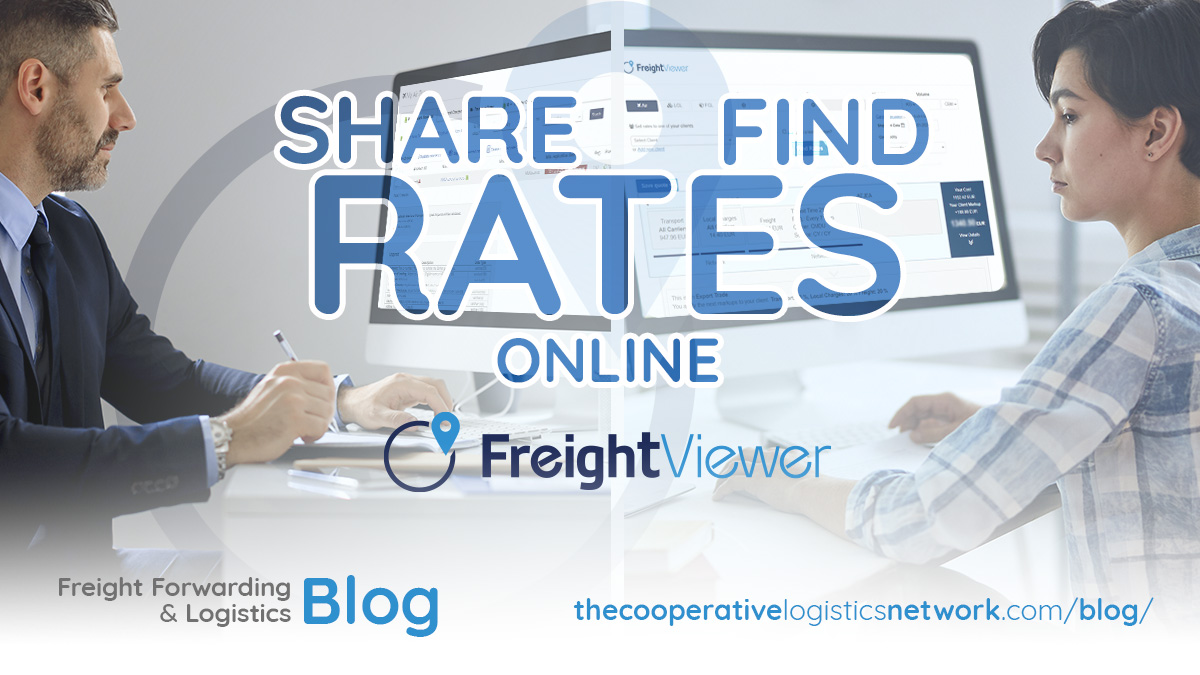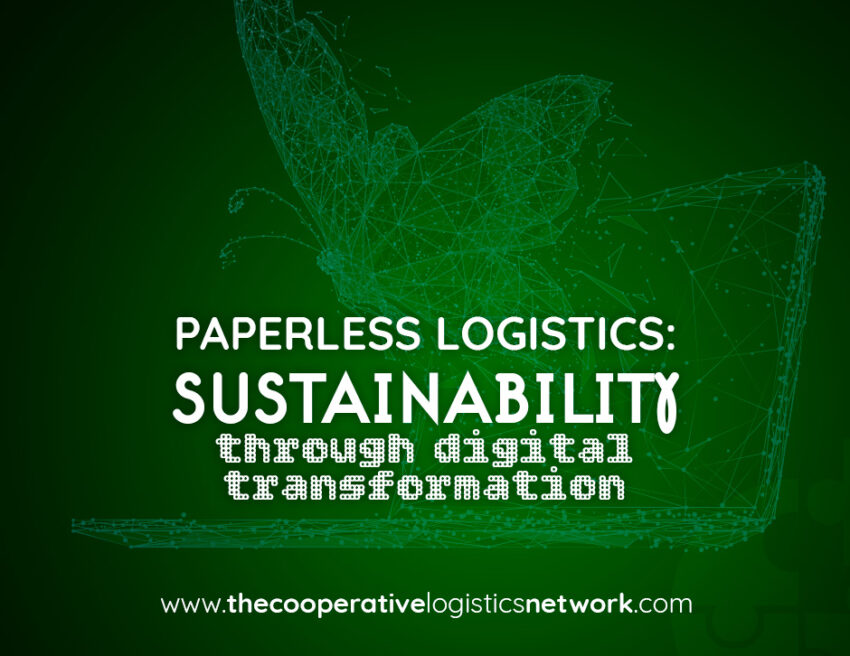With World Environment Day on 5th June drawing global attention to the urgency of sustainability, industries across the board are reevaluating how they operate. For the logistics sector—often associated with high volumes of documentation, fuel consumption, and emissions—the road to sustainability isn’t just about switching to electric vehicles or using alternative fuels. It’s also about eliminating inefficiencies that contribute to waste. One of the most transformative trends in this regard is the shift toward paperless logistics.
From bills of lading to invoices, customs forms to cargo manifests, the traditional freight process generates mountains of paperwork. In a time when digital alternatives are more secure, efficient, and eco-friendly, continuing to rely on printed documents not only slows operations but also harms the environment. The movement toward digital freight forwarding is helping redefine supply chains, making them not just smarter and faster—but greener too.
The Environmental Cost of Paper-Based Logistics
The logistics industry runs on documentation. Every container shipped involves multiple parties and touchpoints, each requiring their own set of papers. Multiply this by the millions of shipments moving across the globe daily, and the environmental impact becomes staggering. From deforestation to carbon emissions generated during paper production and transportation, the use of paper directly contributes to environmental degradation. In addition, paper-based logistics are prone to errors, misplacement, and delays. A misplaced document can stall cargo at customs, leading to increased warehousing and transportation costs, as well as additional emissions from idling vehicles and delayed routes. On the other hand, digital freight forwarding streamlines processes, improves traceability, and cuts out these unnecessary inefficiencies.
Embracing Digital Documents and E-Bills of Lading in Digital Freight Forwarding
The transition to digital freight forwarding starts with the adoption of electronic documents, particularly the e-bill of lading (eB/L). As a digital version of the traditional bill of lading, the eB/L ensures the same legal standing while offering numerous environmental and operational benefits. It reduces paper use, eliminates courier-related carbon emissions, and accelerates cargo release times.
Digital documents also improve transparency and real-time communication across all supply chain stakeholders. Whether it’s shipping lines, freight forwarders, customs agents, or clients, digital access ensures everyone stays informed without relying on hard copies. This level of connectivity is vital not only for efficiency but also for reducing redundancies that cost both time and environmental resources.
Transport Management Systems (TMS), another core component of paperless logistics, bring together various data points across the shipment lifecycle. These platforms allow freight forwarders to manage routing, scheduling, and documentation digitally—all while reducing the need for printed records. The result is a leaner, greener operation that cuts down on human error and unnecessary paperwork.
The Role of Automation and AI in Sustainable Logistics Operations
Beyond documents, the digital transformation of logistics introduces intelligent technologies that reduce emissions and waste. AI-powered algorithms in TMS platforms can optimize route planning, reducing the number of trucks on the road and cutting fuel consumption. Automation in document handling eliminates repetitive manual processes, reducing the likelihood of costly errors and the need for multiple reprints.
These intelligent systems also promote better forecasting, reducing the need for reactive logistics decisions that often lead to inefficient, last-minute shipments. Through predictive analytics, freight forwarders can manage resources more effectively, stock inventories wisely, and choose greener transportation options. Such advancements reinforce the idea that digital freight forwarding isn’t just a tech upgrade—it’s a fundamental shift toward sustainability.
FreightViewer: Supporting Paperless Logistics Through The Cooperative Logistics Network’s Digital Platform

Within the landscape of digital innovation, the Cooperative Logistics Network has positioned itself at the forefront of the paperless transformation. Through its member-exclusive FreightViewer platform, The Cooperative is helping freight forwarders embrace digitalization in one of the most document-heavy aspects of logistics: quote generation.
FreightViewer is a comprehensive freight rate management tool that allows members to generate, manage, and send freight quotes entirely online—eliminating the need for printed forms or email chains. Not only does this reduce paper use, but it also improves speed, accuracy, and client satisfaction. By providing real-time rate comparisons, automated quotation formats, and a centralized system for quote tracking, FreightViewer enables members to operate with a new level of digital efficiency.
The platform also supports collaboration across agents and partners within the network, promoting eco-friendly, standardized digital processes across the digital freight forwarding community. For members of The Coop, FreightViewer is more than just a tool—it’s a practical, day-to-day commitment to reducing environmental waste while staying competitive in a rapidly evolving industry.
Global Collaboration and the Digital Supply Chain
Sustainability through digitalization also fosters stronger global partnerships. As more countries adopt digital customs clearance systems, electronic air waybills, and blockchain for cargo tracking, freight forwarders need to align their processes to stay compliant and efficient. Going paperless allows companies to integrate seamlessly into international systems, promoting transparency and reducing friction at cross-border checkpoints.
Additionally, electronic systems simplify audit trails and documentation storage, reducing the need for physical archiving and freeing up office space that would otherwise be used for filing cabinets. Cloud-based solutions provide secure, long-term access to data without contributing to energy-intensive hardware infrastructure, further promoting environmental responsibility.
Looking Ahead: A Digital Future Rooted in Sustainability
As we approach World Environment Day on 5th June, logistics professionals have the opportunity to reflect not just on what they ship—but how they ship. Embracing digital workflows, automating documentation, and eliminating paper waste are crucial steps in building a modern, responsible logistics industry.
While electric trucks and alternative fuels often take center stage in green logistics discussions, the less glamorous—but equally impactful—shift to digital paperwork cannot be overlooked. Paperless logistics isn’t just about saving trees—it’s about improving efficiency, eliminating bottlenecks, reducing emissions, and enhancing collaboration on a global scale.
Digital freight forwarding represents the future of the industry. It’s not a passing trend—it’s a structural transformation that touches every aspect of supply chain management. For freight forwarders, investing in digital tools like TMS platforms, e-documents, and systems like Globalia’s FreightViewer isn’t just about innovation—it’s about responsibility.
As the logistics world becomes increasingly digitized, those who embrace paperless operations will find themselves at the forefront of a greener, smarter, and more sustainable global trade ecosystem.


